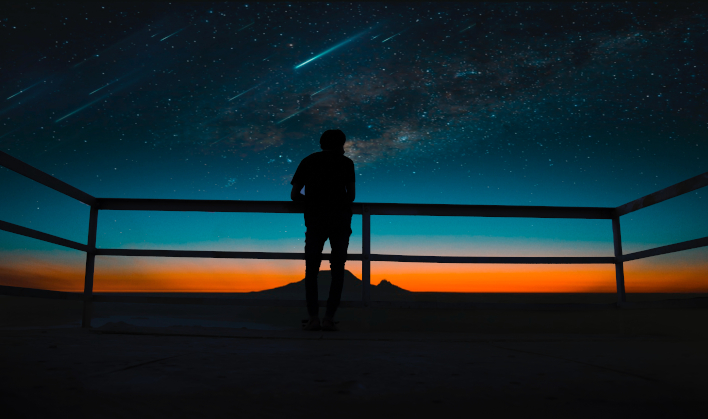Geminid Meteor Shower: When And How To Watch This Week's Spectacular Light Show

The Geminid meteor shower gets its name because the meteors appear to originate from the constellation Gemini. The Geminid meteors actually originate from the debris of 3200 Phaethon, an asteroid discovered in 1983 using the Infrared Astronomical Satellite. Phaethon orbits the Sun every 1.4 years, and Earth passes through its trail of debris each year, resulting in the Geminids Shower.
The meteor shower will start around 9 or 10 p.m. CST on December 13, giving those who are not able to be awake during the later hours an opportunity to catch a few falling stars. Its peak will be around 6 a.m. CST on December 14, with the best rates being seen a bit earlier around 2 a.m. local time. If you happen to miss the show on December 13-14 don't worry, it will be active until December 17, 2022, but fewer falling stars will be able to be seen.
As with any meteor shower viewing, you will want to be as far away from any city light pollution as possible. If you are willing to brave the cold weather, bundle up in some warm clothing, grab a blanket, and find a nice view of the sky with little to no trees that could obstruct your view. Then toss down the blanket, lie on your back, and allow your eyes a good 30 minutes to adjust to the night sky.
Geminids travel at a rate of approximately 78,000 miles per hour, or over 40 times faster than a speeding bullet, according to NASA. It is highly unlikely that any of the meteors will actually reach the ground, with most burning up at altitudes between 45 to 55 miles.
Gemini does not appear high on the horizon in the Southern Hemisphere, causing viewers to see approximately 25% the rate of shooting stars as those in the Northern Hemisphere. If you happen to be in the Southern Hemisphere, be sure to find a spot to watch the meteor shower as far away from light pollution as possible to give yourself the best opportunity to view some shooting stars.


